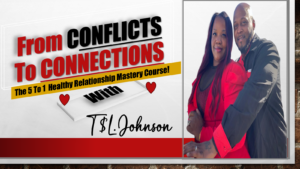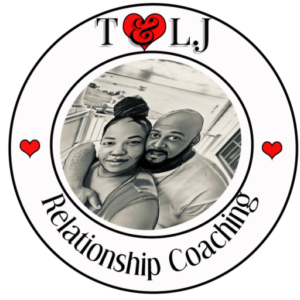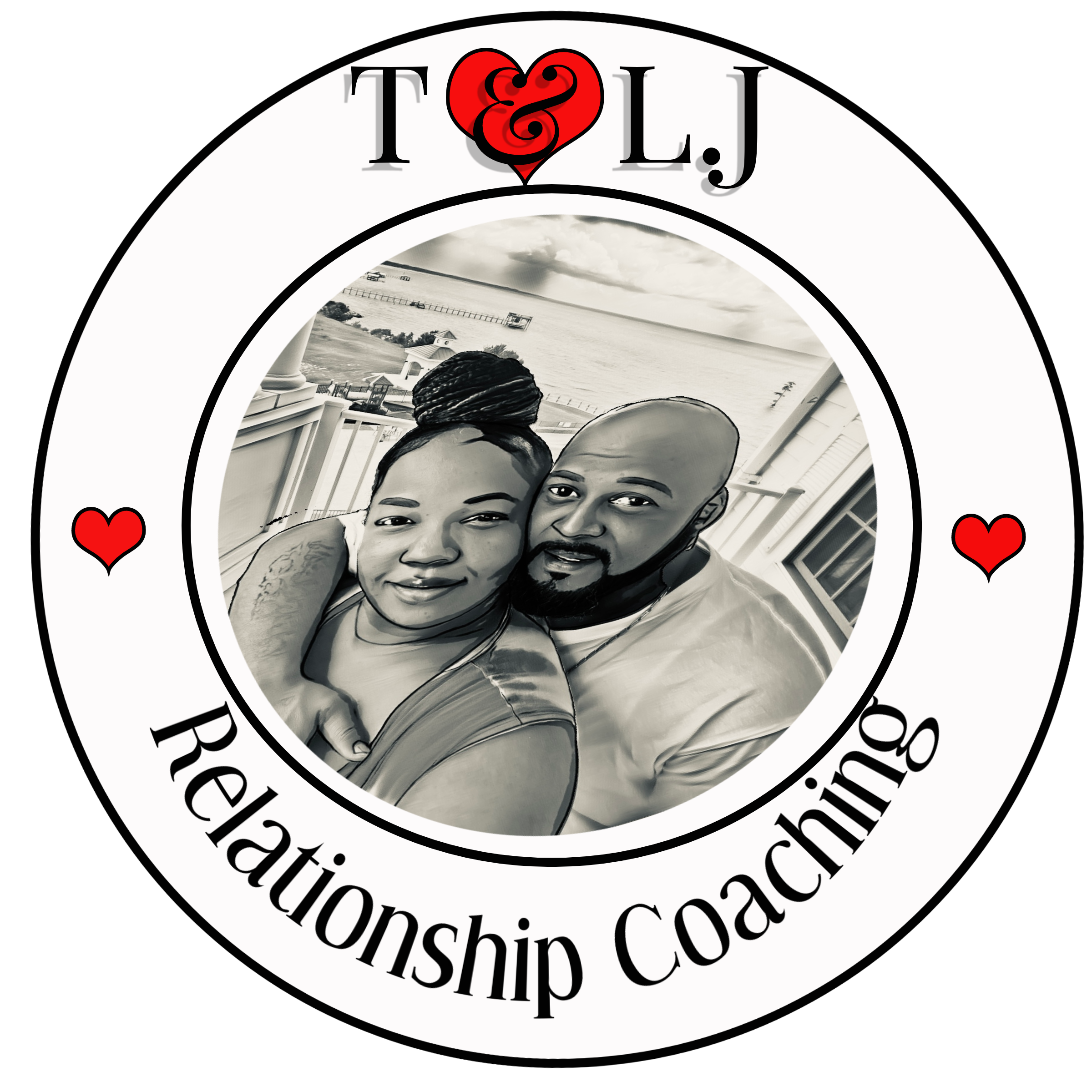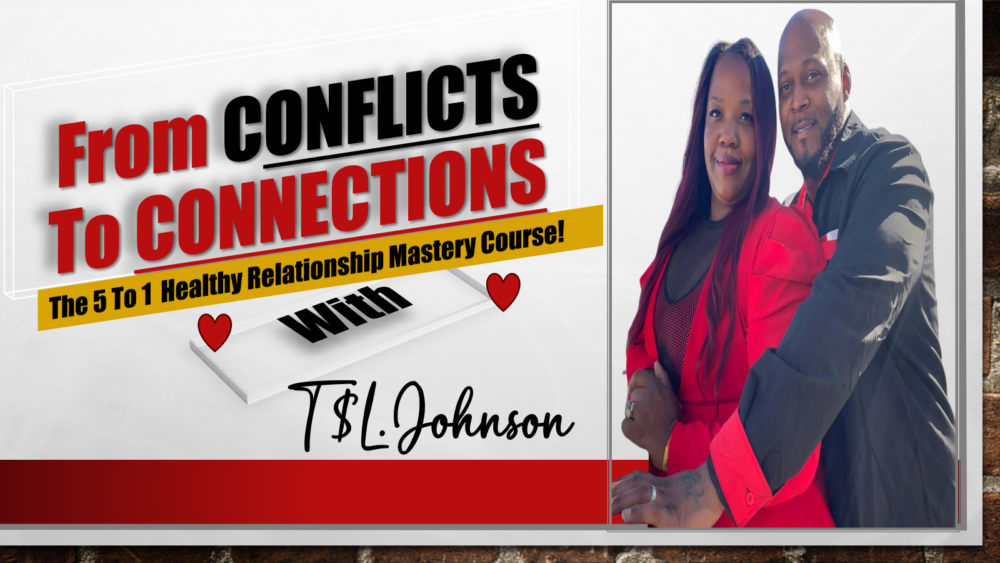Understanding the Power of Words
The Impact of Words
From my experiences in both personal and professional settings, I’ve seen how words can build bridges or erect walls. The phrases we choose can have profound effects on emotions and relationships. Whether in heated discussions or casual conversations, the importance of being mindful of our word choice cannot be overstated.
I’ve had moments where a sharp comment turned a perfectly good day into something gloomy. The aftermath very often left me reflecting on how I could have approached the situation differently. It’s fascinating to think that a few carefully chosen words could potentially transform conflict into collaboration.
When we recognize the importance of our words, we start to wield this power carefully. This understanding encourages us to choose our vocabulary wisely, aiming for constructive dialogues rather than destructive arguments.
Words as Weapons
Words can certainly hurt, and I’ve experienced firsthand how they can be used to criticize and attack. Sometimes it’s unintentional—a slip of the tongue during an argument. Other times, it’s a deliberate jab that can leave lasting scars. Realizing the impact of these “weapons” is where the journey towards peace begins.
In my own life, I’ve tried to pay close attention to the moments when I felt provoked to respond harshly. It’s in those moments that I’ve learned it’s better to pause and reflect rather than retaliate. Choosing to harness words as tools for kindness rather than weapons of destruction has changed my interactions.
Ultimately, recognizing the potential of words to harm or heal is crucial. This revelation pushed me to adopt a more peaceful approach to communication in my daily encounters.
Choosing Constructive Communication
Once I understood the power of words, I sought ways to shift from conflict to cooperation. Constructive communication involves selecting words that foster understanding and connection. I started practicing active listening, and let me tell ya, it made a world of difference.
Emphasizing empathy and expressing my thoughts with kindness helped me to diffuse tense situations. When I communicate with intention, I find that others are more receptive and willing to engage positively. This has paved the way for meaningful dialogue instead of arguments.
I’ve noticed that when we shift our focus from “winning” an argument to simply connecting with each other, the atmosphere changes. We’re all in this together, after all!
Cultivating Awareness
Self-Reflection
A key step on my journey to peaceful communication has been the practice of self-reflection. I’ve discovered how important it is to take a step back and analyze my own speech patterns and behaviors. Reflecting on past interactions helps me recognize where I might have gone wrong and what I could do differently next time.
When I take the time to understand my own triggers, I can approach future conversations with a better mindset. For instance, if I know that a particular subject tends to set me off, I prepare myself mentally to keep calm. Self-awareness not only aids in my personal growth but also impacts how I engage with others.
By being aware of my communication style, I encourage those around me to communicate authentically, too. This creates an environment ripe for cooperation and understanding.
Recognizing Triggers
Understanding what provokes heated responses in myself has become crucial. I find it extremely helpful to identify my emotional triggers—those buttons that someone could push that might lead to defensive reactions. This awareness helps me stay grounded when conversations heat up.
By tuning into my feelings and managing my reactions, I can communicate without escalating conflicts. It’s been empowering to differentiate between my feelings and the situation at hand, allowing for a more measured response.
Preparing for potential conflicts by recognizing what might rub me the wrong way, ultimately helps in keeping the peace. It’s all about control and adapting my approach based on understanding rather than emotion.
Mindfulness in Communication
Practicing mindfulness in my communication style has been revolutionary. Slowing down and taking a breath before I react allows me to respond thoughtfully rather than impulsively. This small pause has significant effects on the outcome of conversations.
Mindfulness means being present—actively engaging with the person in front of you. When I focus on understanding rather than replying, it’s amazing how often conflicts dissolve before they escalate. I urge you to give it a shot!
The journey of mindful communication takes practice, but the benefits of peaceful interactions make it incredibly worthwhile. Each step taken in a mindful direction enhances the overall quality of relationships, both personally and professionally.
Practicing Empathy
Understanding Different Perspectives
As someone who values connection, I understand that practicing empathy is essential for peaceful resolutions. Taking time to consider the other person’s perspective can completely change the tone of a discussion.
I often remind myself that everyone comes with their experiences, emotions, and struggles. When I make it a point to empathize rather than judge, I find that conflicts can dissipate, and mutual understanding can flourish.
Empathy requires effort, but the rewards are plentiful. I’ve built deeper relationships and created a more peaceful environment for myself and those around me. It feels good to foster positive connections!
Active Listening
Another essential aspect of practicing empathy is honing my active listening skills. I’ve learned that truly listening to someone means being fully present—putting down my phone and giving them my undivided attention. It’s made such a difference in my relationships.

By listening without interruption, I validate their feelings and show that I care. This simple act opens the door for meaningful conversations. I’ve noticed that people feel more comfortable sharing when they’re confident that their thoughts matter.
Active listening not only allows me to understand others better but also enhances my own ability to communicate effectively. This two-way street helps cultivate an environment of peace and understanding.
Responding with Kindness
Once I’ve engaged in active listening, responding with kindness becomes the next step. In my experience, responding with compassion—rather than rebuttals—creates a peaceful exchange. A simple “I understand how you feel” or “Let’s work this out together” can diffuse a tense situation.
Making a conscious effort to choose kind words showcases my genuine desire for resolution. It’s about creating a conversational space where everyone feels valued rather than attacked. That shift in dynamics can be astounding!
In my journey of empathetic communication, I’ve found that kindness not only helps others feel better, but it also leaves me with a sense of fulfillment and peace.
Building a Culture of Respect
Creating Safe Spaces
Establishing environments where respectful communication can thrive is crucial. I believe that creating a safe space means encouraging openness without fear of judgment. In doing so, I foster a sense of community where ideas can be exchanged freely.
In my professional interactions, I’ve seen how cultivating this kind of environment enhances collaboration. The more comfortable people feel to express themselves, the more productive and respectful initiatives tend to be. It’s a win-win!
I’ve also found that modeling this behavior personally reinforces its importance. When I show respect and encourage it in return, it helps everyone feel valued, ultimately promoting a peaceful atmosphere.
Establishing Boundaries
One of the crucial elements of mutual respect is setting clear boundaries. I’ve learned that defining what is acceptable and what is not helps prevent conflict before it arises. By discussing boundaries openly, I communicate my needs while respecting others’ limits.
In my experiences, when everyone knows the boundaries, it minimizes misunderstandings and ensures that everyone feels safe. This framework can be particularly effective in team settings where collaboration is essential.
Setting these boundaries can be challenging at first, but it’s a worthwhile investment towards creating respectful interactions that prioritize peace over discord.
Encouraging Open Dialogue
Encouraging open dialogue strengthens relationships and creates pathways for problem-solving. I’ve found that inviting people to share their thoughts fosters a sense of belonging, allowing for a more peaceful exchange of ideas.
Whether in a casual chat or a formal meeting, inviting input with a genuine curiosity shows that I value them as individuals. This practice opens avenues for effective communication while reducing tension that often accompanies disagreements.
The more we engage in open dialogue, the closer we move toward a culture of respect. I’ve found that as this culture becomes ingrained, conflicts become less frequent and are resolved more amicably.
Conclusion
Choosing peace over conflict is an ongoing journey, one that requires purposeful effort and practice. Understanding the power of words, cultivating awareness, practicing empathy, and building a culture of respect are essential in shifting from a combative approach to a cooperative one.
Through my own experiences, I’ve learned that small changes in how we communicate can lead to significant improvements in our relationships. By choosing words wisely, we engage in a transformative process where peace becomes the foundation of our interactions.
As we embrace these principles, let us remind ourselves that every conversation is an opportunity for growth. By choosing peace instead of conflict, we contribute to a more harmonious world for ourselves and those around us.
FAQ
1. Why are words so powerful?
Words hold significant power as they can influence emotions, shape perceptions, and impact relationships. In my experience, being mindful of our vocabulary can foster understanding and collaboration instead of conflict.
2. How can I practice empathy in conversations?
Practicing empathy involves actively listening to the other person, trying to understand their perspective, and responding with compassion. It’s about making a conscious effort to connect on a deeper level.
3. What should I do if a conversation becomes conflictual?
If conflict arises, it’s essential to pause, breathe, and gather your thoughts before responding. Acknowledging emotions and steering the conversation toward understanding can help diffuse tension.
4. How do I create a safe space for dialogue?
Creating a safe space involves fostering an environment free from judgment where individuals feel respected and valued. Encourage openness, establish ground rules, and always model respectful communication.
5. Can these principles be applied in professional settings?
Absolutely! Implementing these communication principles in professional settings can enhance teamwork, productivity, and overall workplace morale. Everyone thrives in environments where peace is prioritized.

Schedule Your First 20-Minute Coaching
Call With Us Today to see if we fit . You pick the price!
Click Here





